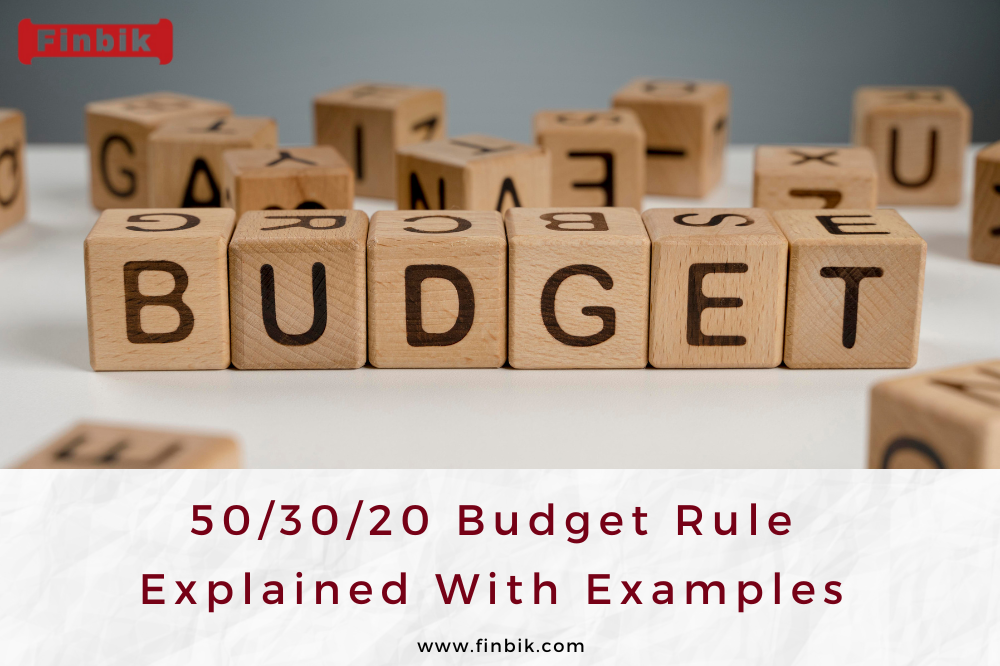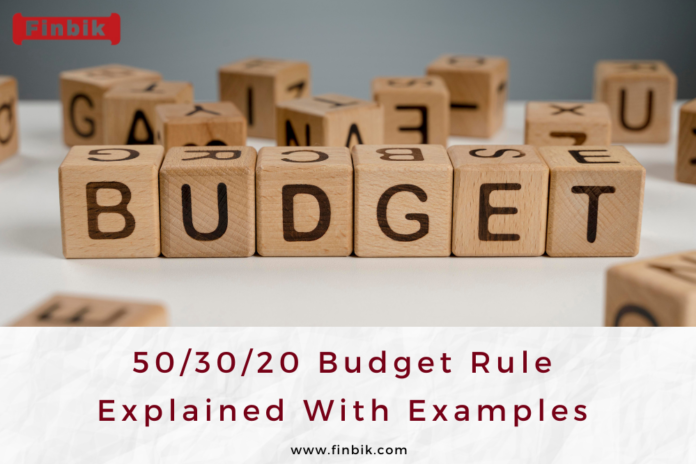The 50/30/20 budget rule is a widely accepted and effective way to manage your finances and achieve financial stability. Also, this rule allocates 50% of your income towards necessary expenses, 30% towards discretionary spending, and 20% towards debt repayment and financial goals. In this article, we will delve deeper into each component of the 50/30/20 budget rule, and its advantages, and provide examples to illustrate how it works, using Indian examples.

50/30/20: Needs 50%
Firstly, from 50/30/20, the 50% needs or necessary expenses rule covers essential expenditures that are crucial for survival and well-being. This includes:
- Housing (rent or EMI on home loan, utilities, maintenance)
- Food and groceries (monthly rations, dining out)
- Transportation (EMI on car loan, fuel, maintenance)
- Minimum payments on debts (credit card bills, personal loans)
- Insurance (health, life, motor)
- Last but not least, essential services (phone, internet, streaming)
For example, Rohan earns Rs 50,000 per month and allocates Rs 25,000 (50%) towards necessary expenses, including:
- Rent: Rs 15,000
- Food and groceries: Rs 5,000
- Transportation: Rs 3,000
- Insurance: Rs 1,500
- Essential services: Rs 500
50/30/20: Wants 30%
Secondly, from 50/30/20, the 30% discretionary spending rule covers non-essential expenditures that enhance your quality of life. This includes:
- Entertainment (dining out, movies, concerts)
- Hobbies and interests (gym membership, hobbies, travel)
- Lifestyle upgrades (new phone, designer clothing, accessories)
- Personal spending (gifts, subscriptions, miscellaneous)
For example, Rohan allocates Rs 15,000 (30%) towards discretionary spending, including:
- Entertainment: Rs 5,000
- Hobbies and interests: Rs 3,000
- Lifestyle upgrades: Rs 2,000
- Personal spending: Rs 5,000
50/30/20: Savings 20%
Thirdly, from 50/30/20, the 20% savings, debt repayment and financial goals rule helps you tackle high-interest debt and achieve long-term financial objectives. This includes:
- Paying off high-interest debts (credit cards, personal loans)
- Building an emergency fund
- Investing in retirement accounts (PPF, NPS)
- Saving for long-term goals (children’s education, down payment on a house)
For example, Rohan allocates Rs 10,000 (20%) towards debt repayment and financial goals, including:
- Paying off credit card debt: Rs 5,000
- Building an emergency fund: Rs 2,000
- Investing in PPF: Rs 1,500
- Saving for children’s education: Rs 1,500
Advantages
Additionally, the 50/30/20 budget rule offers several advantages, including:
1. Firstly, financial discipline and accountability
2. Secondly, prioritization of necessary expenses and debt repayment
3. Firstly, allocation for discretionary spending and enjoyment
4. Last but not the least, long-term wealth creation and financial stability
Conclusion
In conclusion, the 50/30/20 budget rule is a simple and effective way to manage your finances and achieve financial stability. Moreover, by allocating 50% of your income towards necessary expenses, 30% towards discretionary spending, and 20% towards debt repayment and financial goals, you can prioritize your financial objectives, enjoy your income, and build long-term wealth. Also, remember to review and adjust your budget regularly to ensure you are on track to achieving your financial goals.
Articles You May Like
How to Pay off Debt in 10 Steps
Capital Required to Start a Business: A Comprehensive Guide

